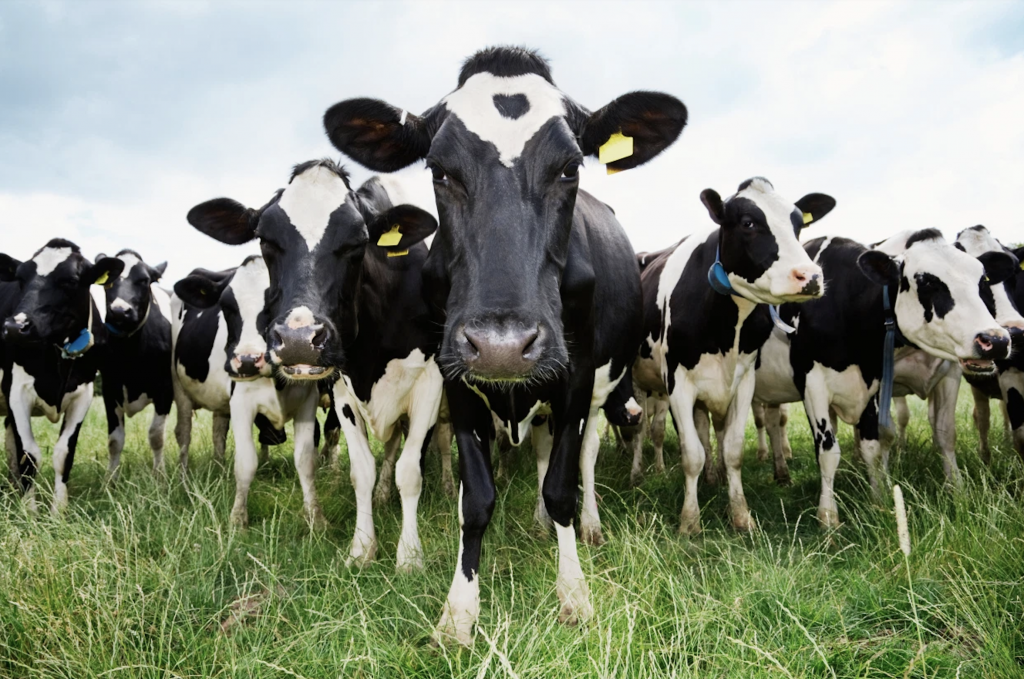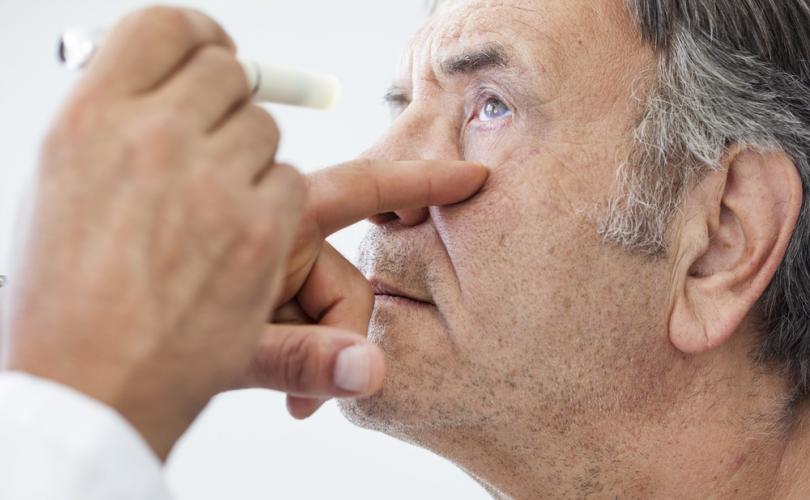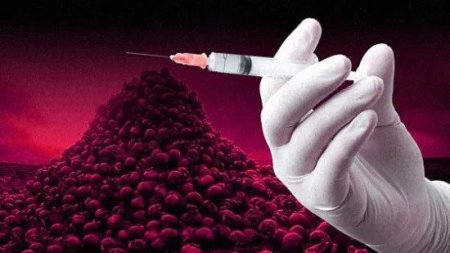
16 May 2021
We’re publishing an original piece of data analysis today by a leading British scientist – a full professor at a major university – who wishes to remain anonymous. He believes the data show that the population of Britain had surpassed the herd immunity threshold in December, before the vaccines were rolled out. He’s not an anti-vaxxer, and thinks it was right to immunise the elderly and the vulnerable, but doesn’t believe we should vaccinate the rest of the population. Here is a summary of his analysis:
- Population immunity played a major role in ending each wave of SARS-CoV-2 infection
- Herd immunity thresholds differ by about two-fold across England, and have been reached
- Different herd immunity thresholds correlate with regional differences in ethnicity and air temperature – possibly both operating by changing the rate of indoor contacts
- The Infection Fatality Rate has changed dramatically during the pandemic: it first rose during (and possibly because of) lockdowns, and then fell by over eight-fold as older and vulnerable individuals were vaccinated. It is now so low, and herd immunity so well established, that vaccinating younger adults and children with novel genetic technology vaccines cannot be medically or ethically justified.
This piece is very much worth reading in full. By Toby Young
1. Population Immunity is a Substantial Factor
This chart shows the % positivity rate in Pillar 2 testing over the course of the pandemic, and compares this to when lockdowns were initiated and when the initial wave started to slow.
Clearly, each lockdown was initiated after the virus spread had either started to slow or had peaked and was already falling. That is not to say the lockdowns did nothing to assist in subsequent declines, but some other factor(s) must have been acting to limit the spread of the virus. Reasonable candidates include:
(i) people instinctively deciding to shelter and keep their distance from others due to concerns over the virus
(ii) growth in herd immunity from natural infections; and
(iii) seasonality limiting viral spread. All three factors were probably at play at different times, making different relative contributions (e.g. warmer weather probably helped suppress the first peak in particular). Vaccinations cannot explain the timing of the last peak, as too few people had been vaccinated by the end of December to limit virus transmission and end that wave.
A parsimonious explanation for the history of the U.K pandemic would be that after the first wave hit we soon achieved enough population immunity (via natural infections) to suppress the virus during the warm summer months, but not sufficient to keep it in check during the colder autumn/winter period. The two-phase winter peak was initiated by a wave of infections starting in September in university towns which naturally resolved via students increasing their population immunity (the data on this are clear when separated into local authority regions with/without universities), followed by a more general increase as the even colder weather arrived during December. But by the end of December the total national level of population immunity had grown sufficiently to suppress the virus. Adding more immunity to this via mass vaccinations from January onwards ensures we now have very good herd immunity, and so the virus has now become a background endemic pathogen that cannot again cause such high levels of illness and death.
2. Herd Immunity Thresholds Vary Across the Country
This chart shows the relative cumulative levels of infections (proportional to acquired population immunity) during the pandemic, based on summing daily positivity rates from Pillar 2 testing.
The level of population immunity achieved at the end of December 2020 by virtue of natural infection exceeded the herd immunity threshold, and thereby began suppressing further spread of the virus. Significantly, this was achieved when the weather was cold, no national lockdown was in force, and few vaccinations had occurred. During the first few months of 2021, further infections occurred, with plateaus being achieved everywhere by the spring. The total amount of natural infection (and hence population immunity) can be seen to differ by about two-fold between regions of England – but the spread of the virus was nevertheless overcome by herd immunity in each of these regions. This shows that the herd immunity threshold itself must differ by about two-fold in these different parts of the country.
3. Ethnicity and Temperature
Strikingly, Leicester has always stood out as a region with a stubbornly high positivity rate throughout the pandemic. A cumulative infection curve for Leicester is also plotted on the above chart. It too peaked at the end of December (so herd immunity was likewise playing its part there), but it did so at a higher positivity rate than most other places.
A notable characteristic of Leicester is that around one third of its population is of Asian ethnicity. This suggests the obvious hypothesis that the higher positivity rate, and correspondingly higher herd immunity threshold, are a consequence of this population structure (reflecting differential genetic predisposition, lifestyle behaviours, family size, etc.). This can be tested by plotting the final population infection levels (from the previous chart) against the Asian percentage in each region of England.
Additionally, given the evidence of seasonality, we need to consider the effect that different regional temperatures may have on determining the apparent herd immunity thresholds. The average yearly temperature is almost three degrees Celcius higher down South compared to Northern regions of England, and so this needs to be incorporated into any test for correlation. By testing different models, it was found that the average temperature above seven degrees correlated best with the inferred herd immunity level.
A simple ratio of percentage Asian ethnicity against average yearly temperature (above seven degrees) gives an excellent predictor of relative herd immunity levels for England regions, as shown in the following chart. A more formal exploration of this observation would seem to be warranted.
4. Dramatic Changes in Infection Fatality Rate
The above evidence suggests we have acquired enough immunity from natural infections to defeat SARS-CoV-2 (with the level of that requirement varying across the country), and mass vaccination has served to further strengthen this immunological defence. With the vulnerable now widely protected from serious illness, there is no good medical argument for vaccinating younger individuals and subjecting them to the risks from known short-term or unknowable longer-term harms of these novel genetic technology vaccines.
Instead, now would be a good time to step back and take stock of what impact SARS-CoV-2 is likely to have on society in our post-vaccinated world. Rather than concentrate on infection levels (as we have for the past year), our focus should now turn to consider only the actual medical harms caused by SARS-CoV-2. The key metric here is the Infection fatality Rate – variously estimated to be between 0.1% and 1% for the population as a whole, with far lower values being applicable to the young, and far higher numbers being applicable to the old and co-morbid.
Interesting trends become apparent when one considers IFR estimates over time. This following chart looks at the rate of death from/with covid divided by the Pillar 1 (hospital) Positivity rates 2.5 weeks earlier.
After being stable for many months, the fraction of infected people that the virus would kill started to increase steeply in the autumn of 2020, and ultimately more than doubled by the start of 2021. One possible explanation for this increase would be the emergence and spread of the Variant of Concern strain B.1.1.7.. Regional Tiers and national lockdowns impose selection pressures that may have encouraged the emergence of strains that made people more ill and so likely to go into hospital, where the opportunity for the virus to spread is known to be considerable. And/or this IFR increase might simply be consequential to the arrival of colder weather (e.g. due to lower vitamin D levels, higher infectious doses indoors, etc.). More strikingly though is the dramatic and still-ongoing fall since vaccinations were ramped up at the start of 2021. This is consistent with the now overwhelming evidence showing that vaccinated individuals are FAR less likely to die from a SARS-CoV-2 infection than unvaccinated individuals. In short, vaccination of the old and vulnerable has pushed the IFR of this virus down by more than 8-fold, such that we are now experiencing a death rate that is lower than normally caused by flu and pneumonia at this time of year.
While we might expect to see some slight uptick in infections, mainly in the young, over coming months and into the colder autumn and winter, this dramatic fall in IFR suggests that we will NOT see any large increases in Covid deaths – and certainly not enough to undermine our health services or merit reintroduction of lockdown measures.
The author, who wishes to remain anonymous, is a science professor at a British university.
Related posts:
Views: 0
 RSS Feed
RSS Feed

















 May 18th, 2021
May 18th, 2021  Awake Goy
Awake Goy 





 Posted in
Posted in  Tags:
Tags: 
















